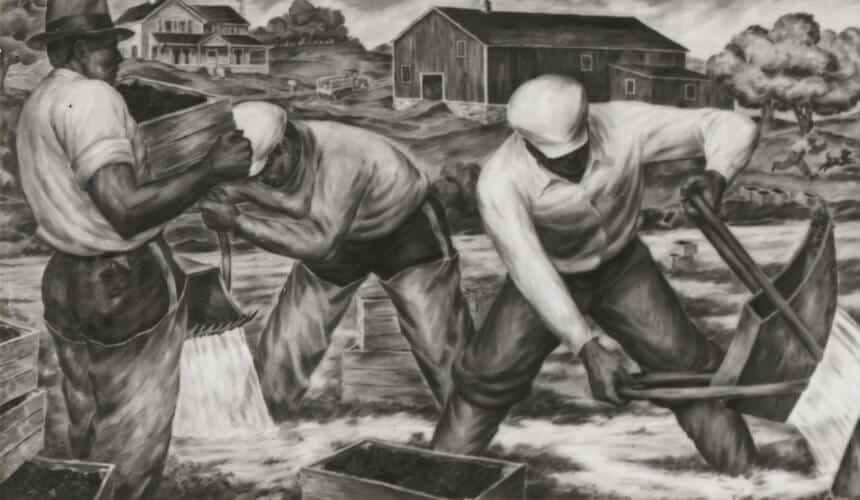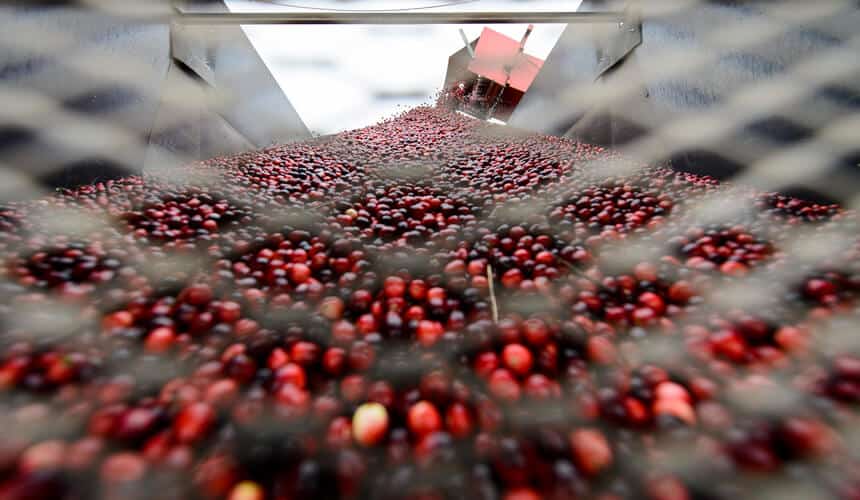Brent McCown
Cranberry Leaders
It’s no wonder that cranberries are Wisconsin’s official state fruit. The state’s growers produce some five million 100-pound barrels of a bright red berries each year, accounting for nearly 60 percent of the country’s cranberry crop.
Sporting a high antioxidant value, cranberries show up in more than 1,000 food and beverage products on the market today. And let’s not forget the holiday table. Although, sadly, no one has been able to prove that cranberries were featured at the first Thanksgiving in 1621, they have a long history in the Badger State.

Image courtesy of the Wisconsin Historical Society, #1994.
Native Americans traded cranberries with the state’s settlers as early as 1849. Harvesting the crop required picking by hand until the cranberry scoop was gradually introduced. A number of patent applications, including one filed in 1907, promised that the device would allow cranberries to be “more readily picked from the vines than heretofore and with the least possible degree of injury to both the berries and vines” — although it made no mention of how it would help the human pickers. Since the mid-1950s, most cranberries are picked by machine; marsh beds are flooded with water, the ripe berries float to the top, and harvesters move along, separating the berries from the vines.
From The Park
As leaders in the field of food production, UW alumni are preparing the world to feed its population, now and into the future. Scientists such as McCown, developer of the HyRed cranberry, have helped to put the focus of agriculture on sustainability.
Brent McCown BS1965, MS1967, PhD1969 has made sure that Wisconsin has plenty of berries to harvest each year. The UW horticulture professor emeritus helped to create 3,000 strains of cranberries, culminating in the Sundance and HyRed cultivars. HyRed generated special buzz when it was introduced in 2004 because of its ability to reach its full red color — a marketable trait in cranberries — more quickly during the short growing season.
A breeding program that McCown helped to found at the university focuses on developing reliable crops that offer flavorful — and, yes, even sweeter — berries. In what he describes as “participatory plant breeding,” he has worked side by side with local growers to fund research and test new cultivars in the field.
It’s a win-win partnership for the scientists and the cranberry growers, ensuring that a crop that contributes mightily to the state’s economic wellbeing thrives for years to come.
 7° F
7° F





